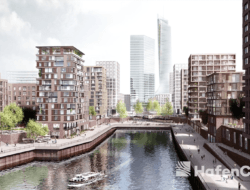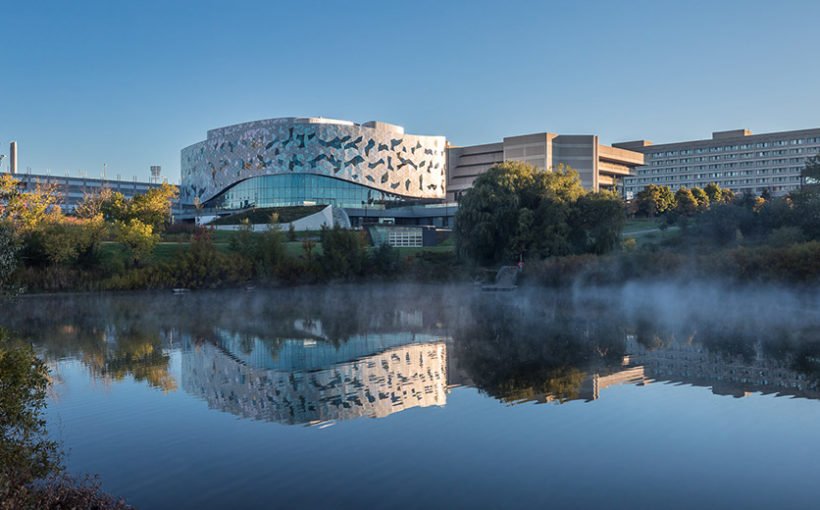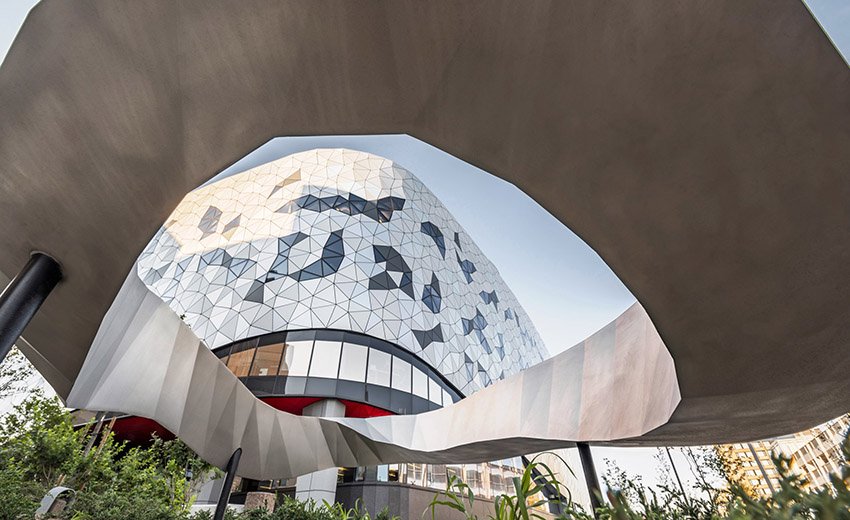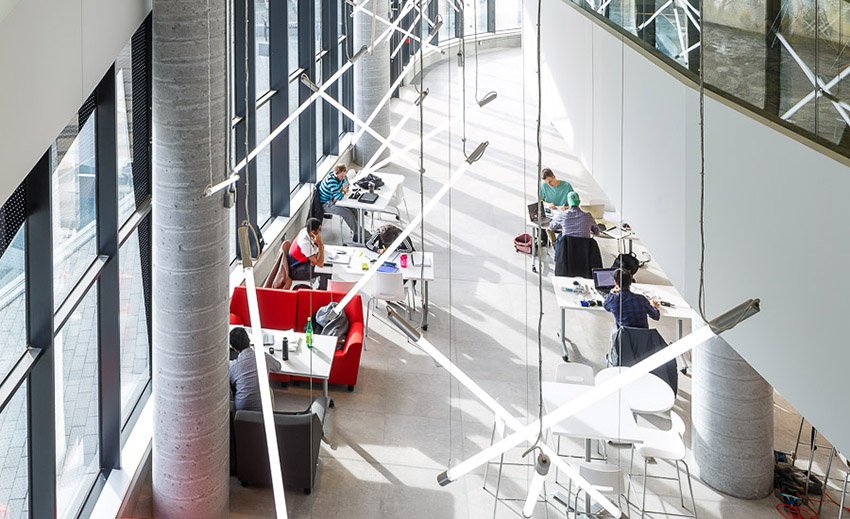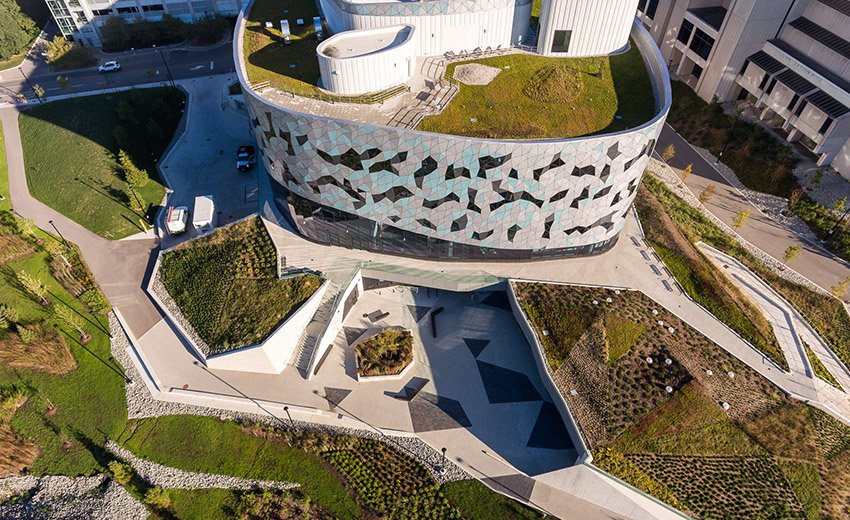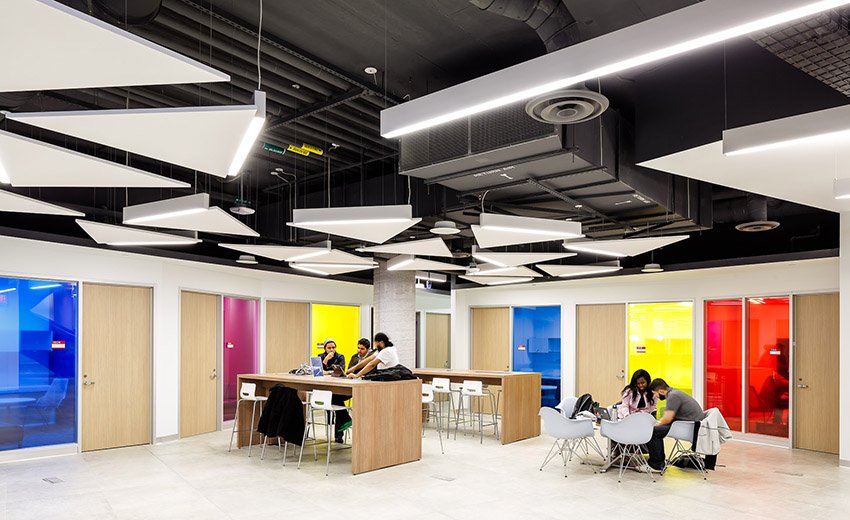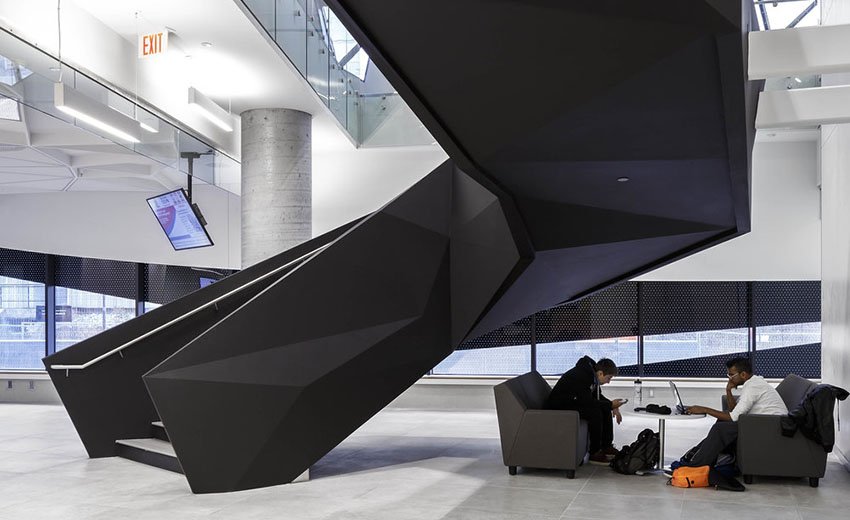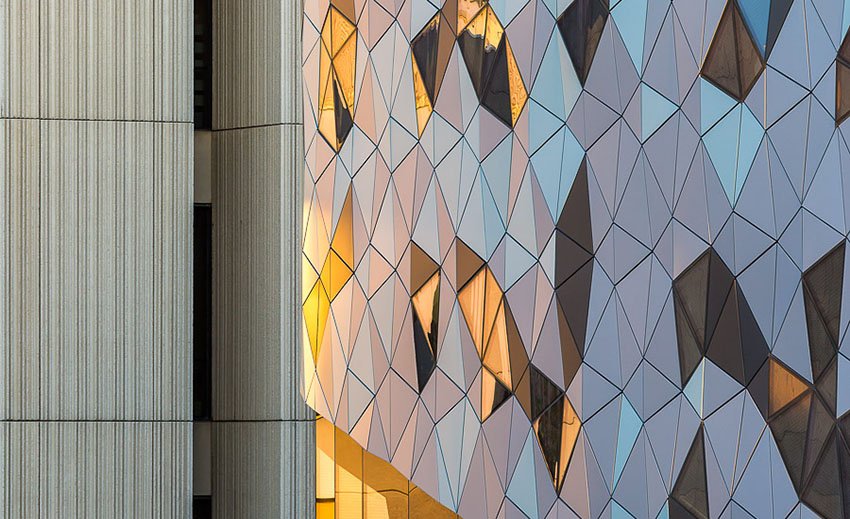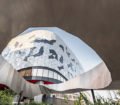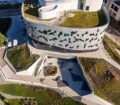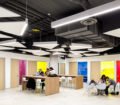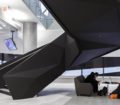What is the miracle recipe to educate potential Steve Jobs lookalikes? Invest in innovative environments to encourage education, creativity and engineering. Focus on the trendiest buildings that stimulate innovation.
Europe is far from the Californian Silicon Valley model that owes its success to the permanent interaction between top league universities, start-ups and multinationals. But universities that focus on innovation increasingly realise that instead of building bunker buildings, it is better to promote real synergies. By pushing, for example, the universities, research centres and industries to work together, and even to co-exist under one and the same roof. In the United States, they call this the cafeteria effect. Places where academics, researchers and engineers meet informally, to exchange ideas and to collaborate.
If the great Silicon Valley legends started off in teenager sheds (Steve Jobs, Bill Gates…), the university legends start off at building 20 of the Massachusetts Institute of Technology (the MIT). Quickly built at the end of the Second World War, the provisional building, which respected none of the building codes and had multiple defects, has experienced an unmatched influx of students. This set of improvised offices has forced researchers working on non-related areas to cohabit, to discuss, to exchange information. As a result of these encounters, many of the technologies of the twentieth century were born. The first video games, the physics of microwaves, the language theories of Noam Chomsky, etc.
A “Silicon Island” in New York
Today, universities dream of replicating this emulation of creativity, where the important thing is to mix up disciplines so that they complement each other. On Roosevelt Island, a small island of three kilometres long located between Manhattan and Queens, the campus of Cornell Tech is “to get New York back on track towards the future”. Funded and conceived under former mayor Michael Bloomberg, the first campus “built for the digital age” features elegant futuristic rooms spread over an area of 5 hectares, ceded for 99 years by the City of New York, green spaces with stunning views of Manhattan, and a skyscraper with 26 floors for housing that consumes 70% less energy than traditional buildings. Everything is beautiful, flashy, and made to stimulate. On this campus, students can create their own start-ups and work with, for example, employees of Google or Facebook. The Department of Commerce also has an office on site, so that students can submit their patent. Today, Cornell Tech houses approximately 400 students in master’s and PhD degrees. Eventually, when the projects are completed – works are planned until 2037 -, the campus expects to accommodate nearly 2000.
A little further north, in Toronto, the Bergeron Centre for Engineering Excellence is also equipped with premises at the cutting edge “of innovation”. In this university of a new kind, there are no traditional classrooms. Instead, it has modular and multi-functional spaces where students, teachers and researchers meet. “By removing barriers, this abundance of social spaces creates opportunities for the spontaneous interaction of teachers and students and even the emergence of new ideas”, explains ZAS Architects. The large transit spaces, such as the entrances or the stairs are conceived as places for meetings and emulation. “It makes you think of Silicon Valley? That’s done on purpose”, assure the architects who describe the way of thinking of these 2.0 universities: “living in vast interactive spaces promotes global thinking; living in boxes promotes contained thinking”.
Video: https://www.youtube.com/watch?v=h-_r70f4joE
Tags: campus, Cornell Tech, high tech, MIT, the Bergeron Centre for Engineering Excellence


































